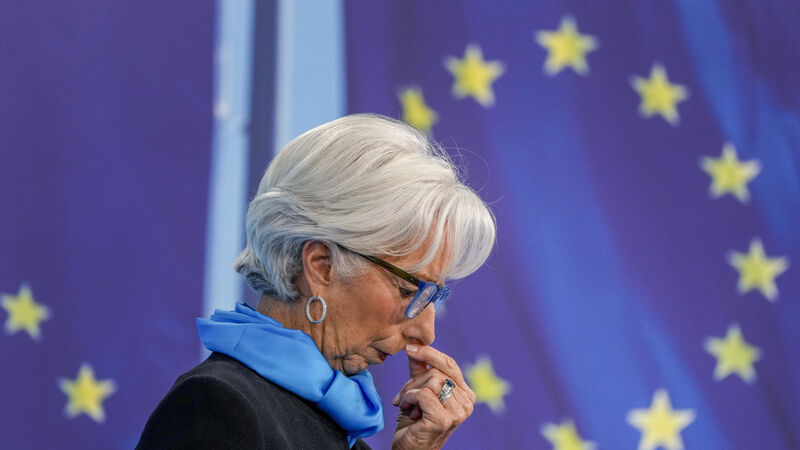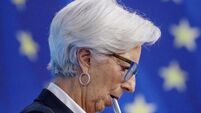Semin Soher Power: Wage hikes are the one to watch if inflation takes off again

ECB president Christine Lagarde believes that society has learned how to cope with the pandemic and most central banks are now announcing the end of their easing policies.
The focus of markets shifted during the year from worrying about Covid to the next major risk: Inflation.
As growth recovered and interest rates remained low, equity valuations, house prices, Bitcoin, commodities, and other asset prices all rebounded.











